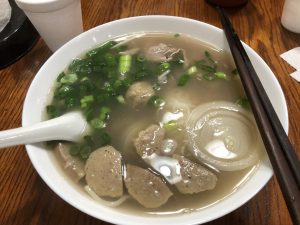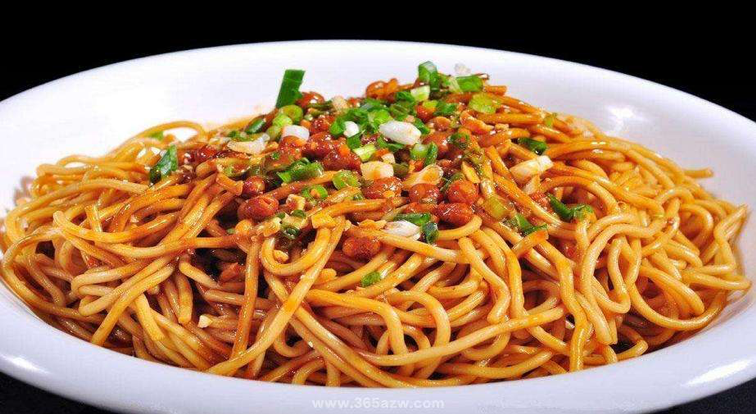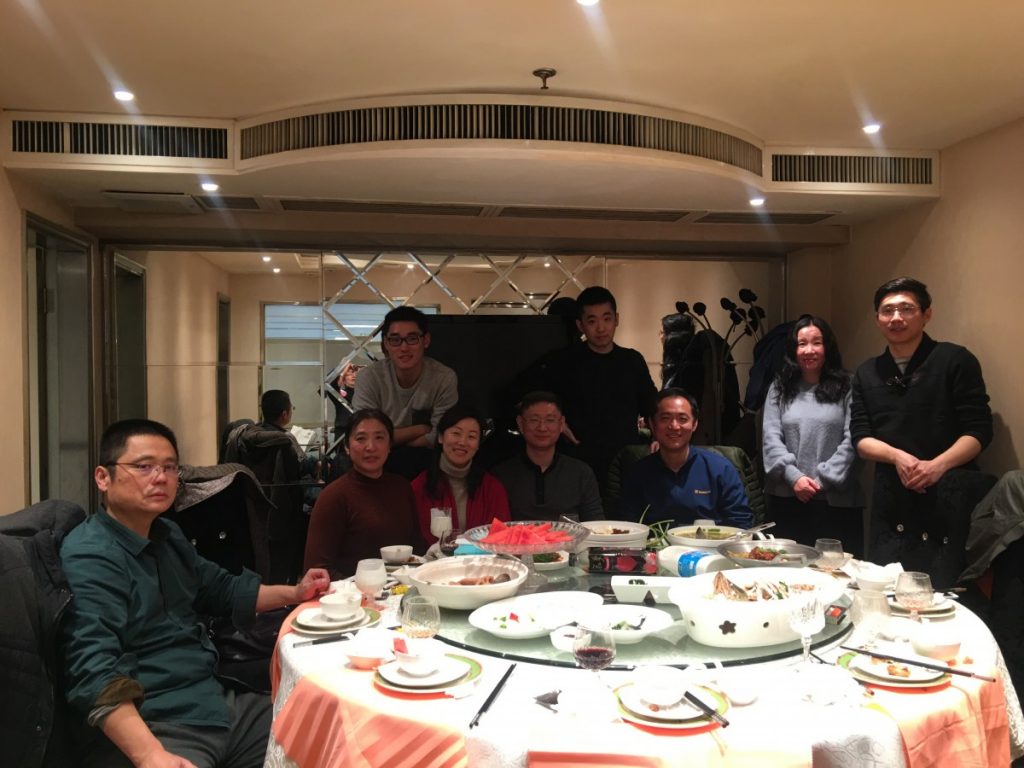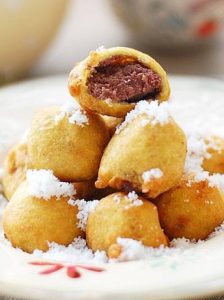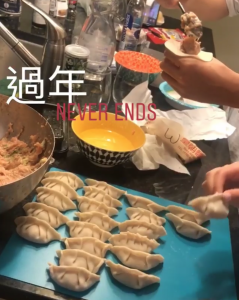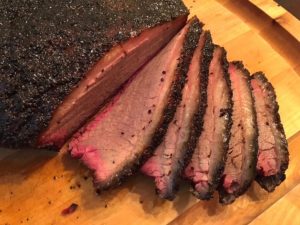Plain Text View
I spent a lot of time thinking about what dish to choose for this reflection piece. My initial reaction was to simply choose my favorite food, but when I attempted to recognize any familial or cultural relevance to my background, I found none. This led me to look deeper into why I was unable to think of any dish for that matter that meant more to me than just taste. After all, the meals that accompany the most important holidays and traditions for my family are often the meals I most despise. I even went so far to discuss this with my brother, whom I know has had a similar, if not worse experience with our family cuisine just due to his premature pallet at the time. Together, we discussed all the meals that had importance to our lives, and realized that when it came to our family, it was not about big family meals. Our family events are large, perhaps too large to feed everyone comfortably, so we revert to a potluck method where everyone brings a dish to contribute to the meal. While convenient and perhaps most time effective, most of the day is not spent prepping and cooking the meals, but by simply rotating dishes in and out of the oven to heat them all to the right temperatures. However, this leads to an incohesive mishmash of lukewarm casseroles that I have come to dread every year.
When it comes to culture, my family doesn’t have strong ties to anything. Due to events and circumstances that is ultimately irrelevant to the outcomes, a lot of older family traditions were unformed, repressed, or lost. So instead, I chose to focus on the culture of my immediate family. Both of my parents worked long arduous hours during my childhood. This did not bother me however as I learned to love being a latchkey kid. This usually meant our dinners were chosen by the factors of price, convenience, and health and often mapped out days in advance. This usually meant that if our parents were late getting home, my brother and I would begin rooting for them to be even later, inevitably forcing us to get takeout that night. But on special nights, our parents would take us to Frontera Mex-Mex grill. To me, it seemed like the fanciest restaurant in the world, and the novelty of endless chips and salsa blew my mind. The dish that stood out the most though was the Burrito Al Carbon.
The Burrito Al Carbon is just a steak and queso burrito. That’s it, nothing special. In fact, I would always ask they remove the rice and refried beans, which I had an averseness to at the time. Something about that steak hangs with me dipped in the liquid white queso. Every time we frequented there with friends and family, good times were had, and even better burritos were eaten. It is likely that the given circumstances played a large factor to how this burrito has become almost deified to me. Although I recognize that the quality of food is not near close to the best tasting food I have ever had, it had special qualities beyond just taste. Maybe it was the slightly smoky flavor, or the stale chips, or the flat soda, or the too loud mariachi band, or the passive aggressive arguments, or the one father that had one too many to drink. However, it was these memories, the good and the bad, that encapsulate my childhood to a synapses defined by a few moments taken from a local Mex-Mex chain. There are not really any recipe’s online for a “burrito” al carbon specifically so I am taking the recipe from a recipe for tacos al carbon, The only adjustments needed are for the the tortilla size. Tacos al Carbon are from South Texas originally and are essentially just fajitas that come already prepared. The main identifier of a taco al carbon is grilled meat. So, the Burrito al Carbon is just an extension of that. It is basically an over-sized, prepared fajita.
-
Ingredients
- 1/2 cup freshly squeezed lime juice (about 4-6 limes)
- 1 tablespoon + 1 1/2 teaspoon Kosher salt, separated
- 2 teaspoons granulated sugar
- 3 teaspoons black pepper, separated
- 1 cup + 4 tablespoons canola or avocado oil, separated
- 1/4 cup chopped cilantro
- 4 cloves of garlic, roughly chopped
- 2 pounds flank steak
- 12 flour tortillas
- Topping Ideas: Queso, shredded cheese, guacamole, pico de gallo, shredded lettuce, or sour cream
Instructions-
Add the lime juice, 1 tablespoon Kosher salt, sugar, and 1 1/2 teaspoons pepper to a small mixing bowl and whisk to combine. Slowly drizzle in 1 cup of oil, whisking all the while. Then, add the cilantro and garlic and stir to combine.
-
Transfer the marinade to a zip-top bag and add the flank steak. Refrigerate for at least 4 hours or up to overnight.
-
Remove the beef from the bag and pat dry with a paper towel. Drizzle with 1 tablespoon of oil and sprinkle with 1 1/2 teaspoon Kosher salt and 1 teaspoon pepper. Rub all over to adhere, and set aside until ready to use.
-
Add the remaining 3 tablespoons of oil to a large, skillet (preferably cast iron) over high heat. Once the oil has come to temperature, sear the steak for 4 1/2-5 minutes on the first side, turn, and sear for 4 minutes more.
-
Allow to rest 10 minutes. Then, slice the beef as thin as possible (cutting against the grain), roll in flour tortillas, and top as desired.


Not pictured is my father because my family doesn’t do pictures so this is the most recent and complete I have.
Bibliography
“Burrito Al Carbon: Mex-Mex Specialties in 2019: Mexican Food Recipes, Food, Burritos.” Pinterest, 6 Jan. 2019, www.pinterest.com/pin/524950900284898977/.
“Tacos Al Carbon.” The Anthony Kitchen, 28 May 2019, www.theanthonykitchen.com/tacos-al-carbon/.

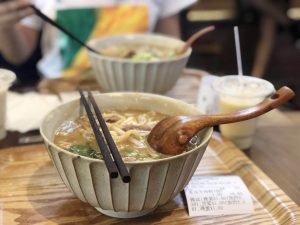 A picture of Old Friends Rice Noodle that I took this summer.
A picture of Old Friends Rice Noodle that I took this summer. A picture of my family in Shanghai
A picture of my family in Shanghai





